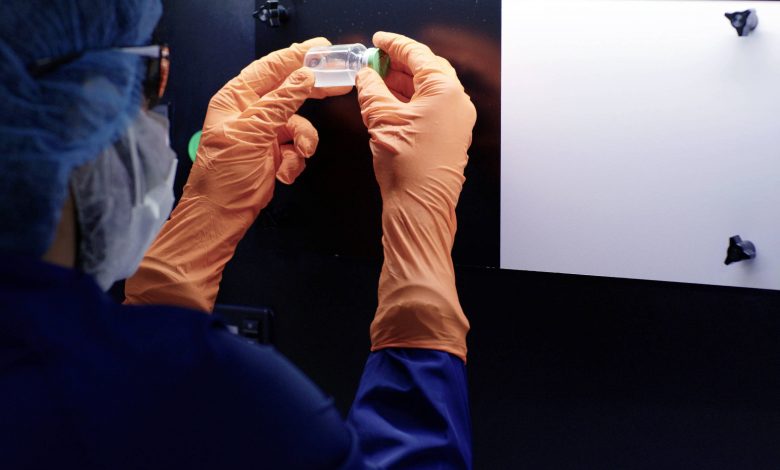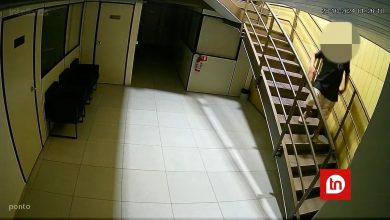
A rare moment for hope and concern: FDA approval for sickle cell anemia therapy
The recent approval by the FDA, the American agency that regulates medicines and food, on Friday (8), of two innovative gene therapy treatments for sickle cell anemia brought a rare moment of hope and celebration for people with this agonizing blood disorder.
However, there is no clear path for the new therapies – single treatments that were so effective in clinical trials that they were hailed as cures – to reach the countries where the vast majority of people with sickle cell disease live. Shortly after the approval, their manufacturers announced exorbitant prices: $3.1 million for Lyfgenia, manufactured by Bluebird Bio, and $2.2 million for Casgevy, manufactured by Vertex Pharmaceuticals.
Lyfgenia will be launched in the United States. Vertex has prioritized approval in six rich countries – the United States, Italy, the United Kingdom, France, Germany, and Saudi Arabia – which, according to one estimate, house 2% of the global population of people with sickle cell disease.
Three-quarters of the world’s sickle cell disease patients are in sub-Saharan Africa. It is believed that several million of them are sick enough to be eligible for the new therapies, compared to about 20,000 in the United States.
Many African patients have been following the online news closely about the success of the treatments in clinical trials. In Tanzania, information about Casgevy spread a few months ago through a WhatsApp group that Shani Mgaraganza created for mothers of children with sickle cell disease. Her son, Ramadhani, 12, and her daughter Nasra, 10, have the hereditary disorder, which causes episodes of intense pain and organ damage. She said the therapy seemed like a miracle.
“Everyone said, ‘Thank God, our children will be fine’,” she said.
Then the mothers found out the likely cost. “It would be billions of Tanzanian shillings,” said Mgaraganza. “No one can afford that. It was demoralizing.”
Access is a top concern for Jennifer Doudna, a scientist at the University of California, Berkeley, who shared the Nobel Prize in Chemistry for pioneering the Crispr gene-editing method that underpins Casgevy. “Today, it won’t be widely available,” she said. “Now that we have this approval, we really need to figure out how we’re going to open this up to more people.”
Two key factors prevent patients in Africa from having access. First, the price: the treatments are too expensive for governments struggling to pay for basic health services. In some cases, there may be substantial additional costs, such as a prolonged patient hospital stay to receive gene therapy.
The second barrier is medical infrastructure: administering the treatment is a multi-month process in medical centers that can perform stem cell transplants. Patients must have their cells harvested and sent to a lab for manufacturing, undergo exhaustive chemotherapy, and endure a long hospital stay.
“A resource-intensive drug like this may not be appropriate in many places where healthcare resources are more limited,” said Vertex’s chief scientific officer, David Altshuler.
He said the company is working on developing cheaper and easier approaches to treat sickle cell disease patients worldwide, including a simple pill that has not yet been tested in humans. “This takes a long time to do, and I feel like we’re at the beginning of the next phase,” he said.
‘Care for Yourself’ Newsletter
Science, habits, and prevention in a newsletter for your health and well-being
A spokesman for Bluebird Bio, Jess Rowlands, said it was “the sad reality” that the infrastructure needed for these gene therapies “does not exist in much of the world.” Bluebird will continue “investing in approaches that can support global access in the future,” she said.
New drugs are often released in wealthy countries years before they reach poorer parts of the world. Disparities have deepened in recent years, as a wave of cutting-edge therapies with staggering prices has transformed the lives of patients in wealthy countries. Vertex, in particular, has been criticized for keeping its pioneering cystic fibrosis drugs out of reach of thousands of patients in low-income countries.
Manufacturers charge high prices even when it is clear that low-income countries cannot afford these costs to protect their ability to demand higher prices in places like the United States and Europe.
Obiageli Nnodu, director of a sickle cell disease program at the University of Abuja in Nigeria, discussed the new gene therapy with some of her patients. It’s a source of joy, she said, “but it’s very distant.”




